Neurodegeneration
Studies have been conducted on the effects of stem cells on animal models of brain degeneration such as Parkinson's disease, amyotrophic lateral sclerosis, and Alzheimer's disease.
There are some preliminary studies related to multiple sclerosis.
The healthy adult brain contains neural stem cells, which divide or become progenitor cells to maintain normal stem cell numbers. Progenitor cells migrate within the brain and function primarily to maintain neuronal populations for smell.
Pharmacological activation of endogenous neural stem cells has been reported to induce neuroprotection and behavioral recovery in rat models of neurological disorders.

Visual Impairment
Since 2003, researchers have successfully transplanted corneal stem cells into damaged eyes to restore vision.
“The sheets of retinal cells the team uses are obtained from aborted fetuses, which some people find offensive.” When this sheet of stem cells is transplanted into the damaged cornea, the stem cells stimulate repair and eventually vision is restored.
By 2005, researchers at the Queen Victoria Hospital of Sussex, England, had restored the sight of approximately 40 people using the same technique.
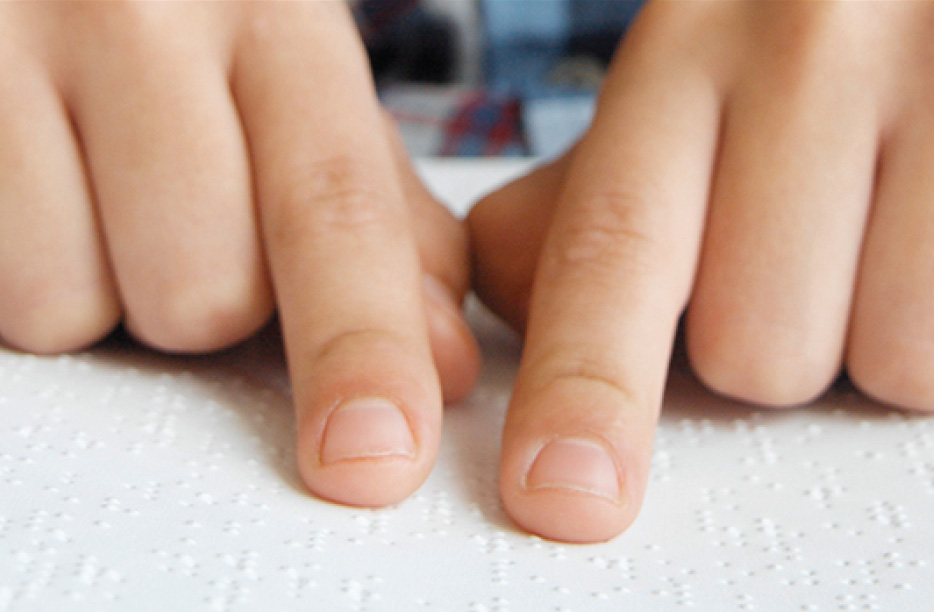
Wound Recovery
Stem cells can be used to stimulate the growth of human tissue.
After adulthood, injured tissue is most often replaced by scar tissue, which is characterized by the loss of organized collagen structures in the skin, loss of hair follicles, and irregular vascular structures.
However, in the case of fetal tissue, damaged tissue is replaced by normal tissue through the activity of stem cells.
A possible method for tissue regeneration in adults is to place adult stem cells within the tissue layer of the wound bed and stimulate the differentiation of the stem cells into tissue layer cells.
This method elicits a regenerative response more similar to fetal wound healing than to adult scar tissue formation.
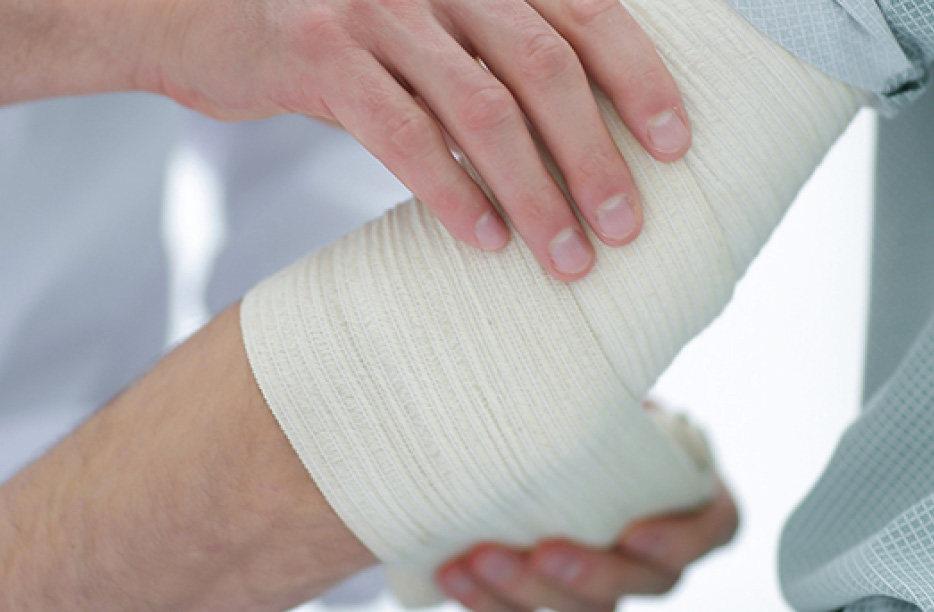
Brain and Spinal
Cord Damage
Stroke and traumatic brain injury result in cell death characterized by loss of neurons and oligodendrocytes in the brain.
Several clinical and animal studies have been conducted on the use of stem cells for spinal cord injury.
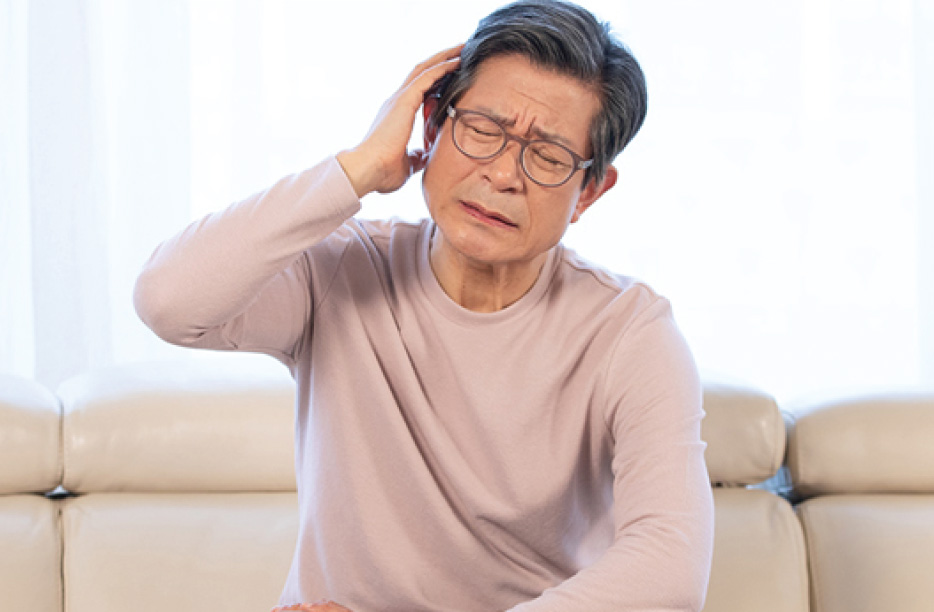
Blood Cell Formation
The specificity of the human immune cell repertoire allows the body to rapidly adapt and defend itself against antigens.
Hematopoietic cell diseases are diagnosed and classified through a subspecialty of pathology known as hematopathology.
The specificity of immune cells allows recognition of foreign antigens, making research into treatments for immune diseases possible.
However, while successful transplant treatment requires an identical match between donor and recipient, matches are rare even among first-degree relatives.
Studies using both hematopoietic adult stem cells and embryonic stem cells have provided insight into possible mechanisms and therapeutic approaches for many of these diseases.
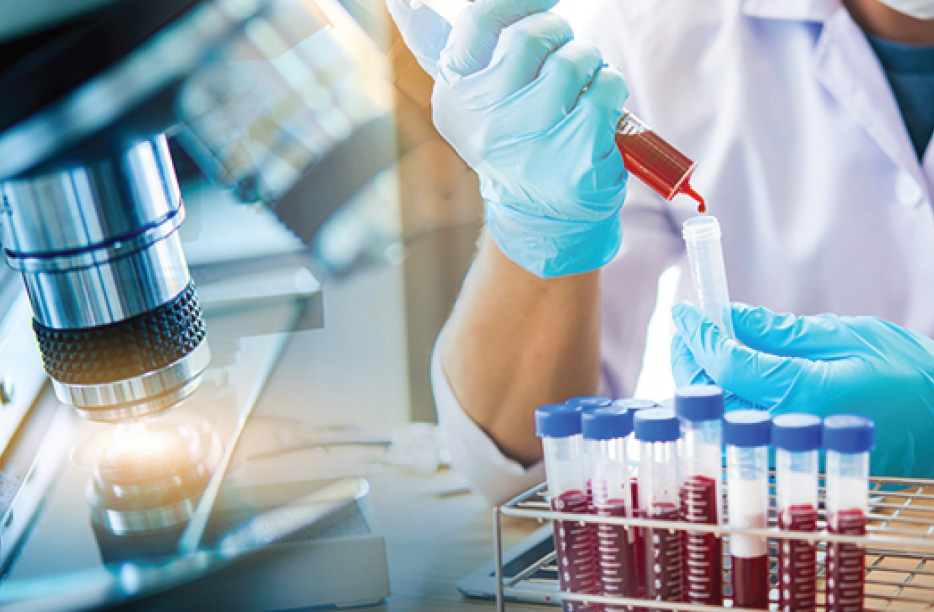
Heart
Evidence is being reported that adult stem cell therapy for the heart is indeed safe and effective, just from a few clinical trials.
Some clinical trials have shown modest improvements in heart function after using bone marrow stem cell therapy.
Additionally, stem cell therapy for the treatment of myocardial infarction typically uses autologous bone marrow stem cells, but other types of adult stem cells, such as adipose-derived stem cells, may be used.
- Generation of cardiac muscle cells
- Promotes new blood vessel growth
- Secretion of growth factors
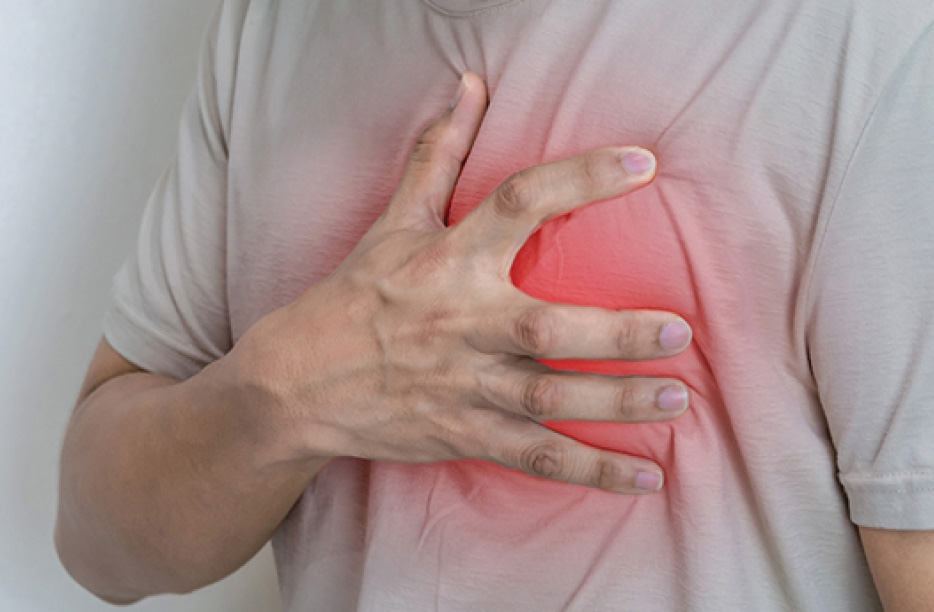
Tooth Regeneration
In 2004, scientists at King’s College London discovered a way to regenerate complete teeth in mice, creating bioengineered teeth in the laboratory.
Researchers are confident that they can grow human teeth using tooth regeneration technology.
In theory, the stem cells obtained from the patient would be transplanted into the gums to produce new teeth, which would grow over a period of three weeks.
The transplanted stem cells release chemicals that fuse with the jawbone and allow nerves and blood vessels to connect.
This process is similar to what happens when natural teeth grow. However, many limitations remain before stem cells become an option for replacing missing teeth in the future.
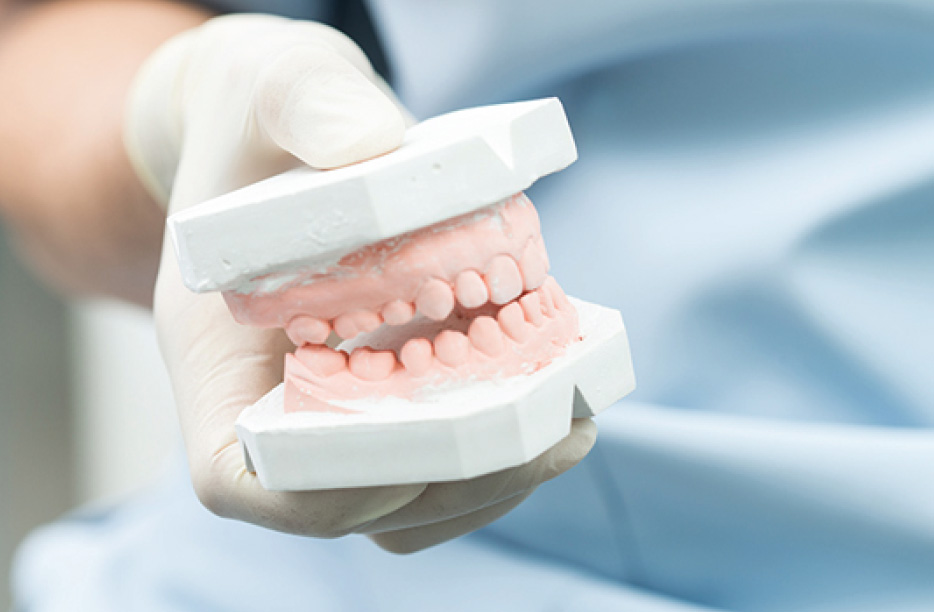
Orthopedic Science
The use of mesenchymal stem cells (MSC) derived from adult stem cells is being explored for surgical applications, particularly in bone and muscle trauma, cartilage repair, osteoarthritis, intervertebral disc surgery, rotator cuff surgery, and musculoskeletal disorders.
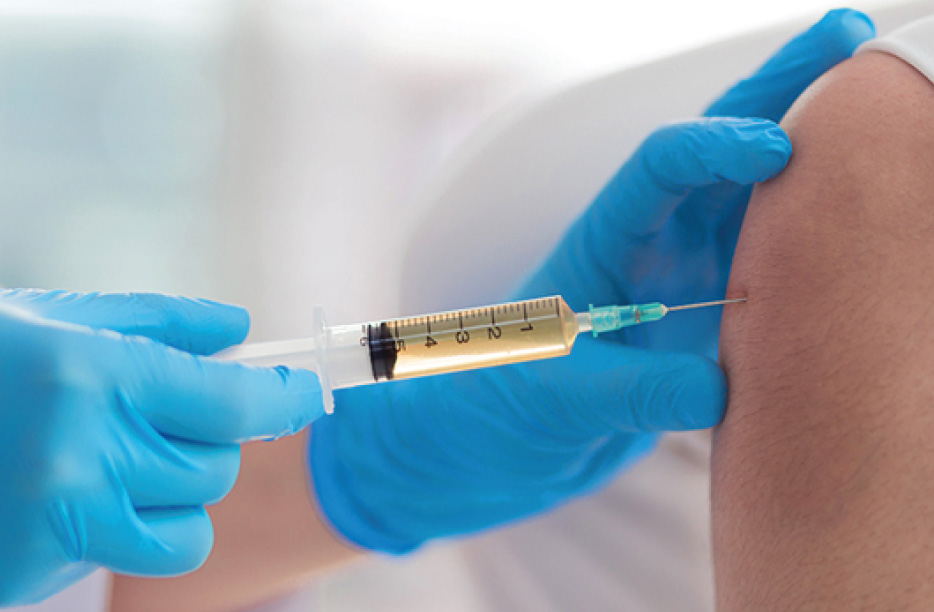
Acquired
Immunodeficiency
Syndrome
The destruction of the immune system by HIV is caused by the loss of CD4 + T cells in peripheral blood and lymphoid tissues.
Virus entry into CD4 + cells is mediated by interaction with chemokine receptors, the most common being CCR5 and CXCR4.
Because viral replication requires cellular gene expression processes, activated CD4 + cells are the primary target of HIV infection.
Recently, scientists have been exploring approaches to the treatment of HIV-1 / AIDS based on the creation of a disease-resistant immune system through transplantation of autologous genetically modified (HIV-1-resistant) hematopoietic stem and progenitor cells.
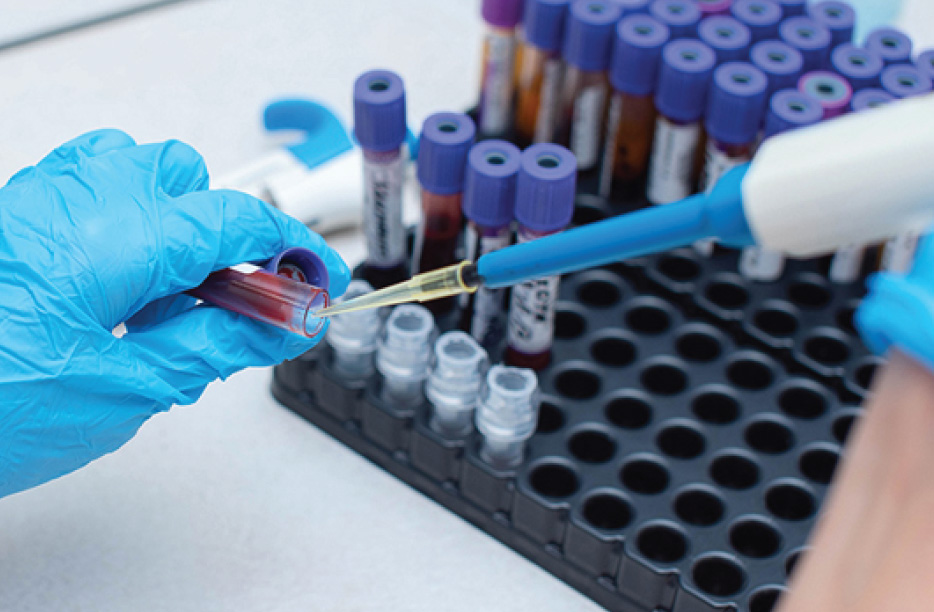
Chemotherapy
In 1994, a research team at the University of Toronto in Canada discovered for the first time in the world ‘cancer stem cells’ that can form cancerous tissue in blood cancer patients.
Since then, the existence of ‘cancer stem cells’ has been reported in various cancer tissues, including brain tumors, colon cancer, breast cancer, liver cancer, stomach cancer, pancreatic cancer, and skin cancer.
‘Cancer stem cells’ exist in extremely small numbers, accounting for only 1 to 3% of cancer tissues. The reason cancer comes back after almost all cancer cells have been killed by surgery or chemotherapy is because of cancer stem cells.

Stem Cell
Intravenous Injection
Stem cells previously developed as cell therapy products were administered into the human body through intravenous injection, intraperitoneal injection, or direct injection into the treatment area.
The representative stem cell treatment performed in Korea is ‘stem cell intravenous injection’, which involves injecting stem cells extracted from one’s own body into a vein without culturing them.
If you receive an ‘intravenous stem cell injection’ in which highly concentrated uncultured stem cells are injected using an IV, the stem cells restore aged cells to normal and rejuvenate the body, making rejuvenation possible.
Currently, you can receive intravenous stem cell injections in Korea, and you can receive excellent treatment in half a day without getting on a plane, at one-third the cost of overseas treatment.
The reason stem cell treatment in Korea is completed quickly in half a day is because it does not go through a ‘cell culture process.’
Efficacy of intravenous injection of autologous stem cells (bone marrow)
 Homing effect
Homing effect
 Anti-aging effect
Anti-aging effect
 Self-renewal ability
Self-renewal ability
 Ability to diversify
Ability to diversify
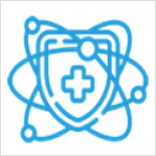 Strengthen immunity
Strengthen immunity
 Excellent effect on
Excellent effect on